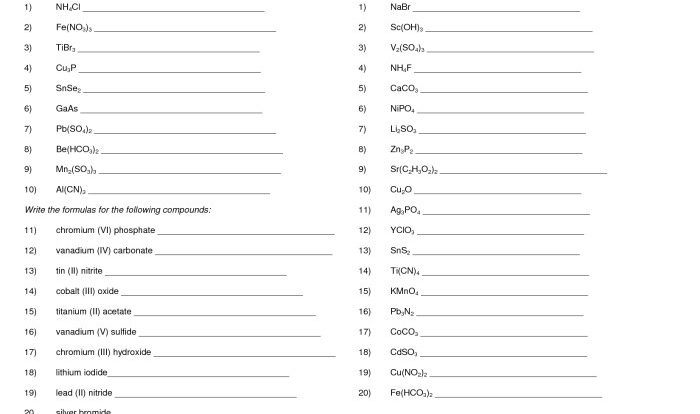Experiment 16 lechatelier’s principle buffers – Experiment 16: Le Chatelier’s Principle and Buffers delves into the fundamental principles governing chemical equilibrium and the crucial role of buffers in maintaining pH stability. This exploration unveils the intricate interplay between stress factors and reaction direction, providing a comprehensive understanding of equilibrium dynamics.
Le Chatelier’s principle serves as a guiding force, illuminating how systems at equilibrium respond to external perturbations. By manipulating factors such as concentration, temperature, and volume, we gain insights into the delicate balance of chemical reactions.
Experiment 16: Le Chatelier’s Principle

Le Chatelier’s principle states that if a change of condition is applied to a system in equilibrium, the system will shift in a direction that relieves the stress.
There are three types of stress that can be applied to a system at equilibrium:
- Changing the concentration of a reactant or product
- Changing the temperature
- Changing the pressure (for gases only)
Le Chatelier’s principle can be used to predict the direction of a reaction by considering the following:
- If the concentration of a reactant is increased, the reaction will shift to the product side.
- If the concentration of a product is increased, the reaction will shift to the reactant side.
- If the temperature is increased, the reaction will shift to the side that absorbs heat.
- If the temperature is decreased, the reaction will shift to the side that releases heat.
- If the pressure is increased (for gases only), the reaction will shift to the side with fewer moles of gas.
- If the pressure is decreased (for gases only), the reaction will shift to the side with more moles of gas.
Buffers: Experiment 16 Lechatelier’s Principle Buffers

A buffer is a solution that resists changes in pH when small amounts of acid or base are added to it.
Buffers work by containing a weak acid and its conjugate base or a weak base and its conjugate acid.
The Henderson-Hasselbalch equation can be used to calculate the pH of a buffer:
“`pH = pKa + log([A-]/[HA])“`
where:
- pH is the pH of the buffer
- pKa is the acid dissociation constant of the weak acid
- [A-] is the concentration of the conjugate base
- [HA] is the concentration of the weak acid
Buffers are important in biological systems because they help to maintain a constant pH.
Frequently Asked Questions
What is Le Chatelier’s principle?
Le Chatelier’s principle states that if a stress is applied to a system at equilibrium, the system will shift in a direction that relieves the stress.
What are buffers?
Buffers are solutions that resist changes in pH when small amounts of acid or base are added. They are composed of a weak acid and its conjugate base or a weak base and its conjugate acid.
Why are buffers important in biological systems?
Buffers are essential for maintaining the pH of biological fluids within a narrow range. This is important for the proper functioning of enzymes and other proteins.



